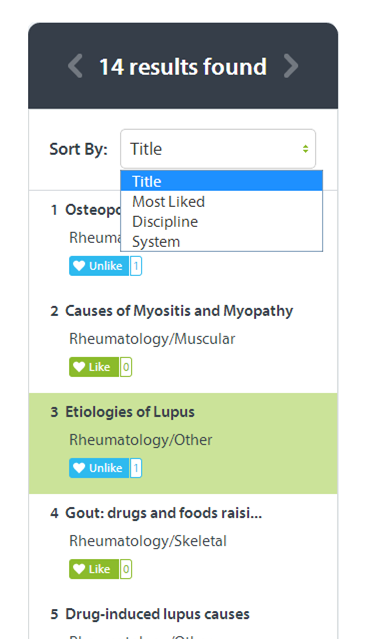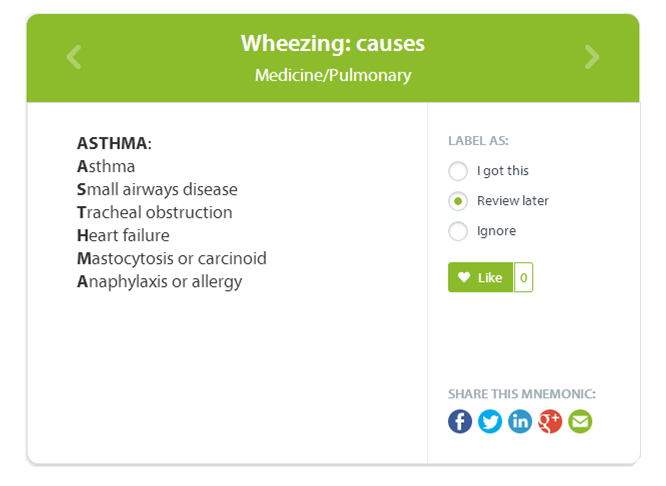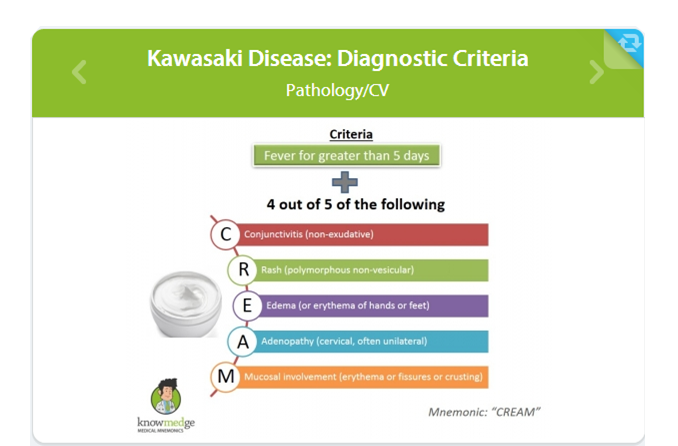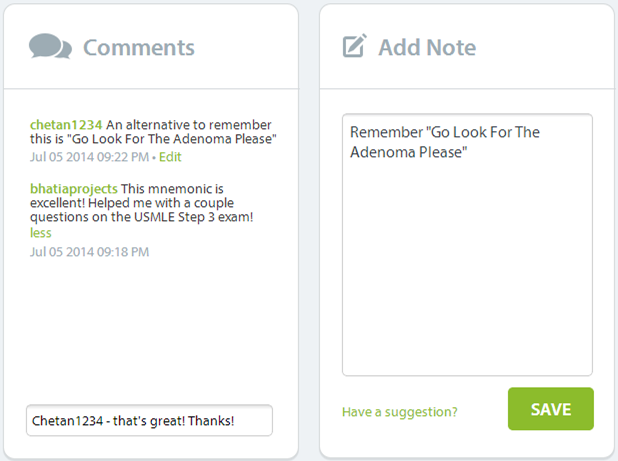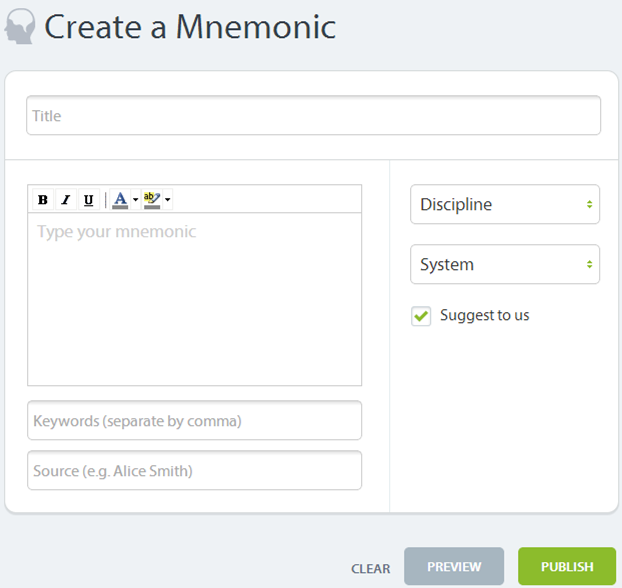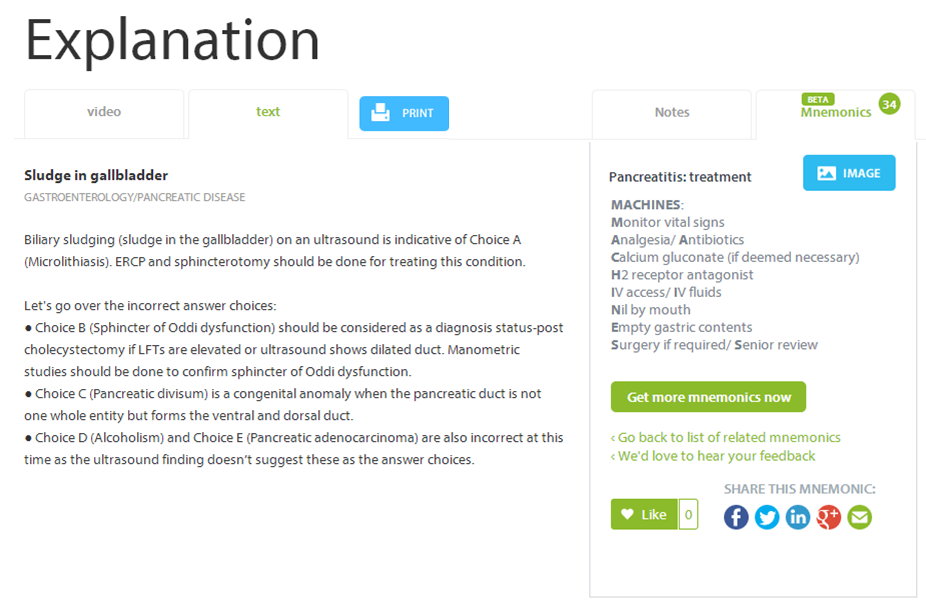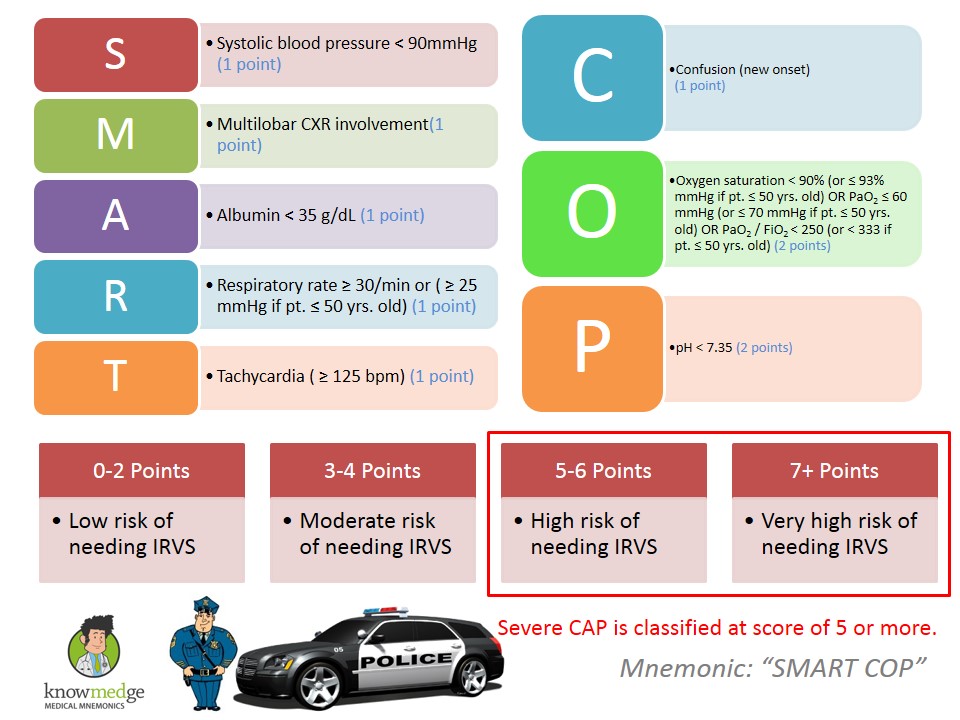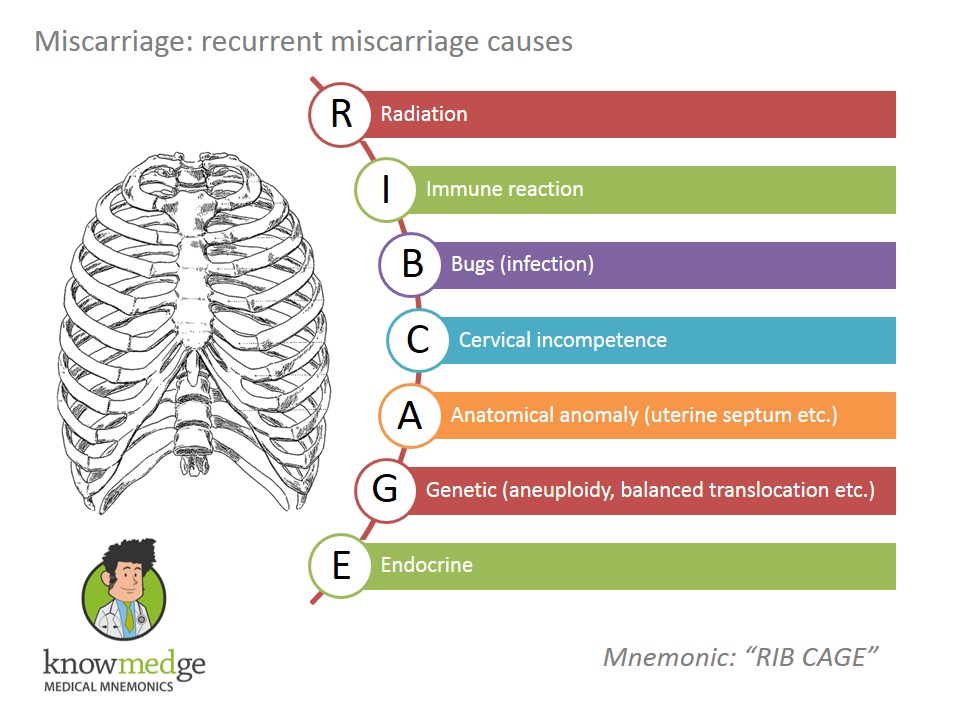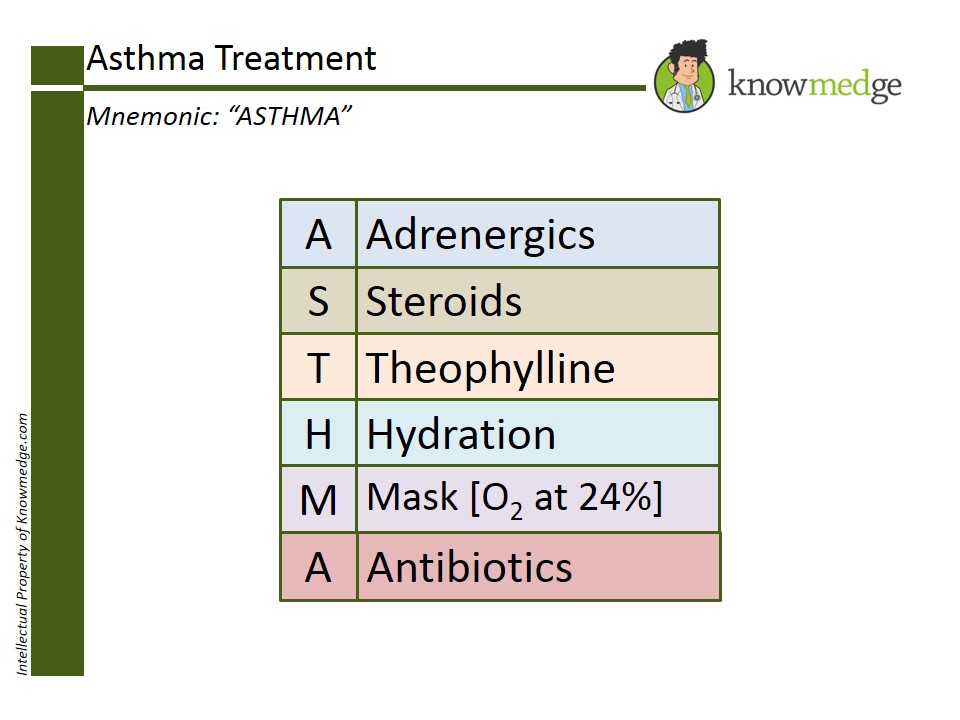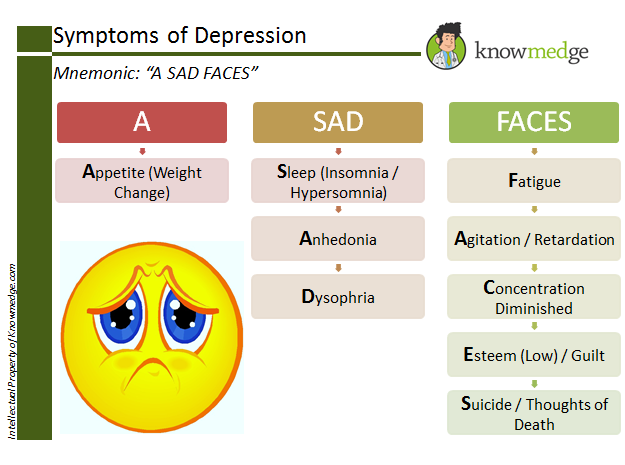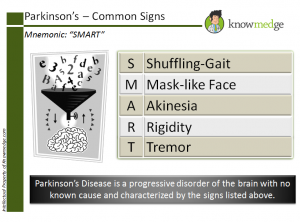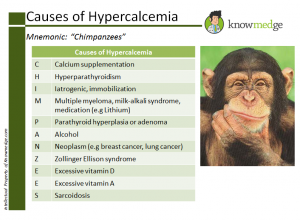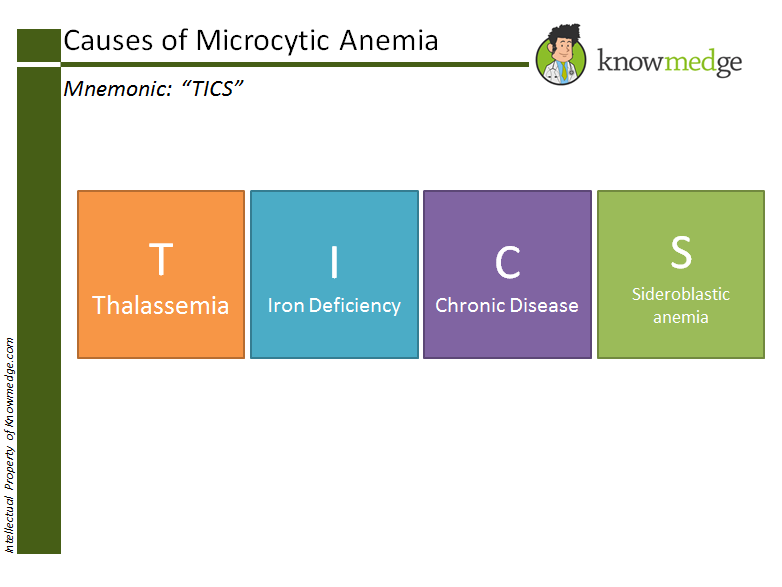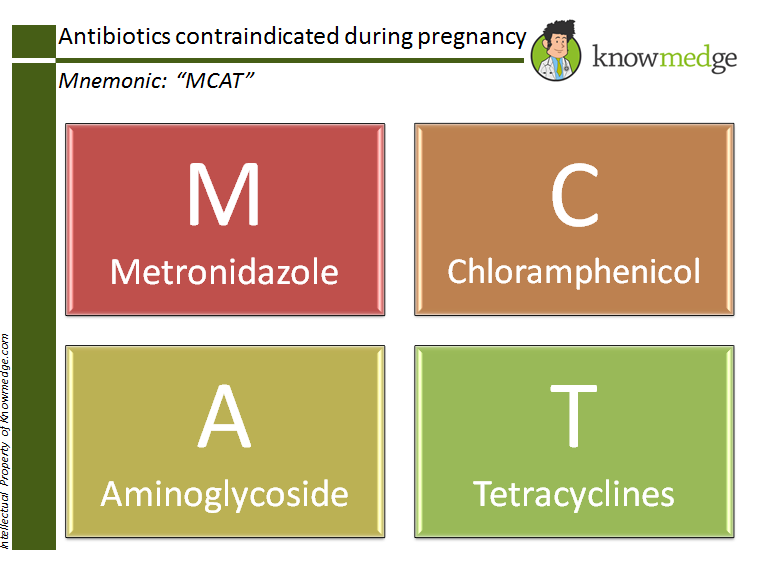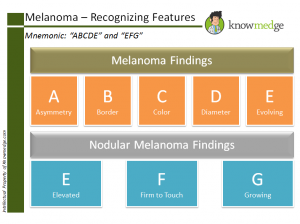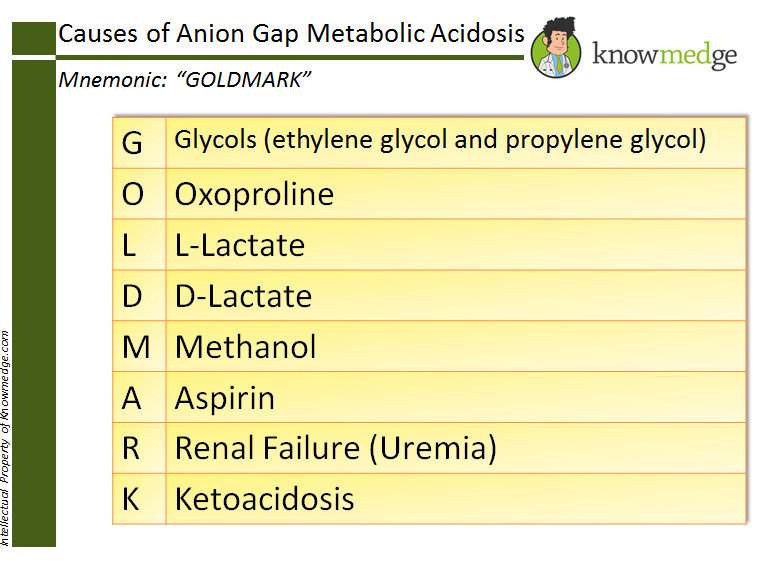Medical Mnemonic: Dementia: Reversible Causes
Thursday, October 23, 2014
Wednesday, October 22, 2014
Medical Mnemonics: Causes of Anion Gap Metabolic Acidosis
"Goldmark" is the new "Mudpiles". Causes of Anion Gap Metabolic Acidosis can be remembered by the mnemonic "Goldmark".
Thursday, July 17, 2014
Knowmedge Medical Mnemonics Platform Launches!
Our Medical Mnemonics Platform is finally here! Just a little over a year after we launched the Internal Medicine Question Bank, we are thrilled to be announcing the launch of our second product. An idea that came to us after speaking with subscribers and followers has finally now come to fruition! After many months of design, development, and content review and creation, we’re thrilled to finally introduce the Medical Mnemonics platform.
It’s coming! A revolutionary, new medical mnemonics platform!
Today, we are thrilled to announce that will be launching a revolutionary new platform for learning – a medical mnemonics platform featuring over 1,500 high-yield peer-reviewed mnemonics and 200 visuals.
Everything we do here at Knowmedge is to help further medical education through technology and high-yield content. We do this by focusing on tactics that help those in the Knowmedge community learn and retain information for the long run. That’s why we are thrilled to announce Knowmedge Mnemonics, the first and only web-based platform that allows students to discover, annotate, create and share mnemonics with friends. The platform will contain over 200 visual images similar to the ones you’ve seen through our medical mnemonics blog posts. In addition, the platform will also give users the ability to create, save and reference their own mnemonics!
The Knowmedge Mnemonics platform will provide a revolutionary learning platform designed to strengthen memory retention for all students at each stages of their medical career – from medical students to experienced physicians. The mnemonics platform will also be a valuable tool for nurses, physician assistants, and anyone else interested in medical mnemonics.
We will be launching the Knowmedge Mnemonics platform in the next few days. Before we do that, we want to give you a sneak peak at the new platform.
Knowmedge Mnemonics main page - Across the top you’ll notice that students will have the ability to filter and search for medical mnemonics. A little lower, on the left hand side, you’ll see the filter / search results. To the right of that, you’ll see the selected mnemonic. Even lower, you’ll see a section to add comments and save notes. We’ll go through each of these sections in detail below.
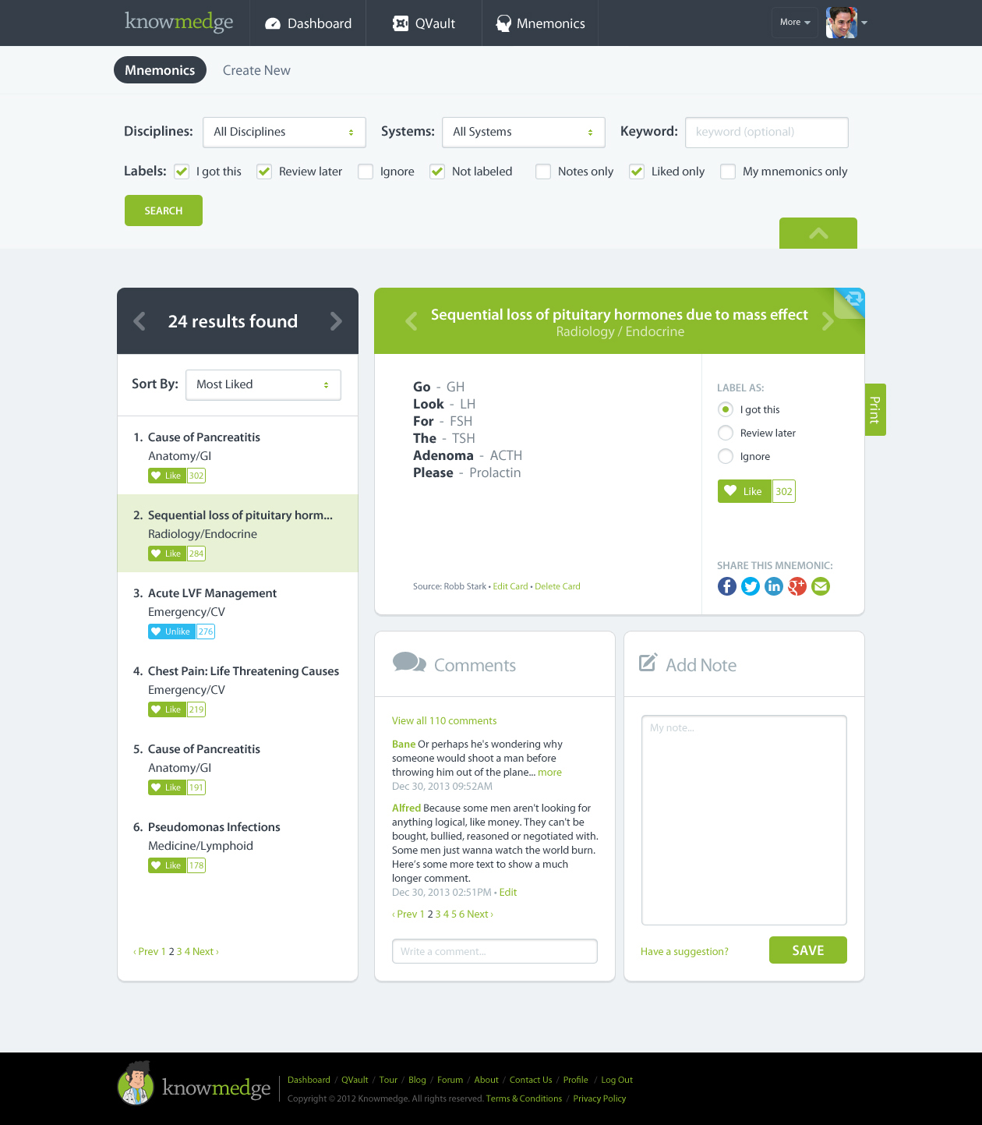
Searching / filtering for mnemonics - Here you can filter by disciplines and / or systems. You can also search by mnemonics by keyword. You can also find mnemonics you’ve labeled (I got this, Review later, Ignore), added notes to, or liked. In addition, if you create your own mnemonic, you can filter for those as well. The search results have a total of 36 disciplines and 12 systems.

Search results - Once you select the items to filter your search, you’ll find the results listed directly below. Across the top you’ll see how many results match the filter / keyword. Students will also be able to sort by the mnemonics by most liked, discipline or system.
Medical Mnemonics - Once you select the mnemonic you want to review, you’ll see it on the right side of the results. Across the top, you’ll see the title of the mnemonic as well as the discipline and system where that mnemonic resides. We recognize that not every mnemonic will be for every student. There will be certain mnemonics that work well for some while other mnemonics will not be relevant. That’s why we allow students to label their mnemonics so they can be reviewed later. In addition, we have created a “like” button for users to rate each of the mnemonics. Finally, on the bottom right, you’ll see social media buttons which will allow users to share their favorite mnemonics with their friends.
Visual images - We think you will all love this new feature! Over 200 of the Knowmedge mnemonics have visual images similar to the one below. These visuals are intended to further enhance your memory retention and help you build your Knowmedge!
Comments / Notes - With each mnemonic, you’ll have the ability to make public comments or keep private notes.
Create your own mnemonics - In addition to the ability to the other features listed, students will also be able to create, save and share their own mnemonics!
Mnemonics integrated with the Internal Medicine Question Bank - In addition to the standalone mnemonics platform, Knowmedge will be launching a new feature integrating mnemonics into its internal medicine question bank. Relevant mnemonics will appear next to each explanation within the internal medicine question bank. This way you’ll see the most relevant mnemonics at the most relevant times.
We are thrilled to be launching the Knowmedge Medical Mnemonics platform and are so excited to be sharing this with you!
Wednesday, June 25, 2014
Medical Mnemonics: Tool for assessing CAP severity – SMART COP
It’s Medical Mnemonics Monday! Regardless of whether you’re studying for your ABIM board exam, USMLE Step exams (or any other medical board exam), it’s important to understand Community Acquired Pneumonia (CAP). Today we focus on assessing the severity of CAP, which can be remembered by the mnemonic SMART COP.
You can see a list of our previous Medical Mnemonics here.
Medical Mnemonics: Recurrent Causes of Miscarriage – “RIB CAGE”
It’s Medical Mnemonics Monday! Regardless of whether you’re studying for your ABIM board exam, USMLE Step exams (or any other medical board exam), it’s important to understand potential recurrent causes of miscarriage. Potential causes of miscarriage can be remembered by the mnemonic RIB CAGE.
Medical Mnemonics - Cyanosis - Cold Palms
It’s Medical Mnemonics Monday! Regardless of whether you’re studying for your ABIM board exam, USMLE Step exams (or any other medical board exam), it’s important to understand Cyanosis. Differential diagnosis of Cyanosis can be remembered by “COLD PALMS”
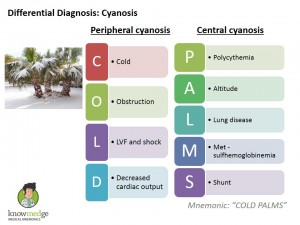
Wednesday, May 28, 2014
Medical Mnemonics: Treatment for Asthma
It’s Medical Mnemonics Monday! Today we focus on potential treatments used for Asthma, which can appropriately enough be remembered by the mnemonic ASTHMA.
Monday, May 5, 2014
Medical Mnemonics – Symptoms of Depression – “A SAD FACES”
It’s Medical Mnemonics Monday! Depression is an important topic to understand for any medical board exam, including the ABIM exam or USMLE Step exams. Symptoms of depression can be remembered by the mnemonic “A SAD FACES”
- A = Appetite (Weight Change)
- S = Sleep (Insomnia / Hypersomnia)
- A = Anhedonia
- D = Dysophria
- F = Fatigue
- A = Agitation / Retardation
- C = Concentration Diminished
- E = Esteem (Low) / Guilt
- S = Suicide / Thoughts of Death
Medical Mnemonics: Signs of Hypercalcemia – Bones, Stones, Groans, and Moans

- Painful Bones – Painful bone condition (Classically osteitis fibrosa cystica)
- Renal Stones – Kidney Stones (Can ultimately lead to renal failure)
- Abdominal Groans -GI symptoms: Nausea, Vomiting, Constipation, Indigestion
- Psychiatric Moans – Effects on nervous system: lethargy, fatigue, memory loss, psychosis, depression
Medical Mnemonics – Common Signs of Parkinson’s Disease
- S = Shuffling-Gait
- M = Mask-like Face
- A = Akinesia
- R = Rigidity
- T = Tremor
Monday, April 7, 2014
Medical Mnemonics: Causes of Hypercalcemia - CHIMPANZEES
- C – Calcium supplementation
- H – Hydrochlorothiazide
- I – Iatrogenic, immobilization
- M – Multiple myeloma, milk-alkali syndrome, medication (e.g Lithium)
- P – Parathyroid hyperplasia or adenoma
- A – Alcohol
- N – Neoplasm (e.g breast cancer, lung cancer)
- Z – Zollinger Ellison syndrome
- E – Excessive vitamin D
- E – Excessive vitamin A
- S – Sarcoidosis
Monday, March 24, 2014
Medical Mnemonics - Causes of Papillary Necrosis - "POSTCARDS"
It’s Medical Mnemonics Monday!
Renal Papillary Necrosis is a form of nephropathy characterized by coagulative necrosis of the renal medullary pyramids and papillae. Causes of Papillary Necrosis can be remembered by the mnemonic “POSTCARDS”.
- Pyelonephritis
- Obstruction of the urogenital tract
- Sickle cell disease
- Tuberculosis
- Chronic liver disease,
- Analgesia/alcohol abuse,
- Renal transplant rejection
- Diabetes mellitus
- Systemic vasculitis
Saturday, March 22, 2014
Internal Medicine Board Review: Causes of Microcytic Anemia (“TICS”)
MARCH 17, 2014 / RAVI BHATIA
It’s Medical Mnemonics Monday!
Microcytic anemia is defined as “the presence of small, often hypochromic, red blood cells in a peripheral blood smear and is usually characterized by a low MCV.” One of the most popular and well known medical mnemonics is “TICS” – used to remember the causes of microcytic anemia.
- T – Thalassemia
- I – Iron Deficiency
- C – Chronic Disease
- S – Sideroblastic anemia
Monday, March 3, 2014
Medical Mnemonics: Antiobiotics contraindicated during Pregnancy
Antibiotics contraindicated in pregnancy are important to know and understand. They can be remembered by a simple mnemonic “MCAT”
- M – Metronidazole
- C – Chloramphenicol
- A – Aminoglycoside
- T – Tetracyclines
Monday, February 17, 2014
Medical Mnemonics - Recognizing Features of Melanoma - "ABCDE"
- A: Asymmetry – Asymmetric moles are particularly suspicious
- B: Border – Irregular borders are more likely to be cancerous
- C: Color – Different colors within a mole are suspicious
- D: Diameter – Moles with a diameter > 6mm are especially suspicious
- E: Evolving – A mole that is enlarging or begins to feel itchy is another suspicious sign
- E: Elevated
- F: Firm to touch
- G: Growing progressively for more than a month
Monday, February 10, 2014
Medical Mnemonics: Causes of Anion Gap Metabolic Acidosis – “GOLD MARK”
Medical Mnemonics – Anion Gap Acidosis – “GOLD MARK”
- M – Methanol
- U – Uremia
- D – Diabetic ketoacidosis
- P – Propylene Glycol
- I – Isoniazid
- L – Lactic Acidosis
- E – Ethylene Glycol
- S – Salicylates
- G – Glycols (ethylene glycol and propylene glycol)
- O – Oxoproline
- L – L-Lactate
- D – D-Lactate
- M – Methanol
- A – Aspirin
- R – Renal Failure
- K – Ketoacidosis
Monday, February 3, 2014
Medical Mnemonics: Features of Horner's Syndrome
Medical Mnemonics
Horner’s Syndrome (Oculosympathetic paresis) is a rare neurologic condition whose symptoms and signs include:
- Ptosis (drooping eyelid)
- Anhidrosis (inability to sweat).
- Miosis (pupil constriction)
- Central: Sympathetic nerves start in the brain and then travel down to the spinal cord and into the chest.
- Peripheral: Sympathetic nerves start from the chest to the neck, arteries, head, and into the eyes.
- S: Sympathetic Nerve Fiber Injury
- A: Anhidrosis
- M: Miosis
- P: Ptosis
- L: Loss of ciliospinal reflex
- E: Enophthalmos
Monday, January 27, 2014
Medical Mnemonics: Symptoms of Kawasaki Disease
- C: Conjunctivitis (non-exudative)
- R: Rash (polymorphous non-vesicular)
- E: Edema (or erythema of hands or feet)
- A: Adenopathy (cervical, often unilateral)
- M: Mucosal involvement (erythema or fissures or crusting)
Tuesday, January 21, 2014
Medical Mnemonics: Types of Hypersensitivity Reactions
Medical Mnemonics / Internal Medicine Board Review:
There are four types of hypersensitivity reactions.
- Type I is IgE-mediated and occurs very quickly after exposure. It is associated with allergens such as bee stings, peanuts, and certain medications, to name a few. This can lead to a life-threatening condition called anaphylaxis.
- Type II hypersensitivity reactions are cytotoxic/antibody-mediated. Some examples in this category are hemolytic reactions, goodpasture syndrome and hyperacute graft rejection.
- Type III is known as immune complex/IgG/IgM mediated and includes certain diagnoses like hypersensitivity pneumonitis, systemic lupus erythematosus, polyarteritis nodosa and serum sickness.
- Type IV is known as delayed or cell-mediated hypersensitivity reaction. Examples include chronic graft rejections, purified protein derivative (PPD), latex, nickel and poison ivy.
A quick mnemonic to use to remember these is ACID:
- Type I – Allergic
- Type II – Cytotoxic
- Type III – Immune complex deposition
- Type IV – Delayed
Saturday, January 18, 2014
Medical Mnemonics: Symptoms of Normal Pressure Hydrocephalus
- Wacky: Dementia and mental impairment
- Wobbly: Wide based gait (Difficulty walking)
- Wet: Urinary Incontinence
This is the second in our series of Medical Mnemonics Monday posts. You can all previous and future medical mnemonics here.
Medical Mnemonics: Major and Minor Criteria for Rheumatic Fever
This is the first in our series of Medical Mnemonics Monday posts. You can all previous and future medical mnemonics here.
Subscribe to:
Posts (Atom)



